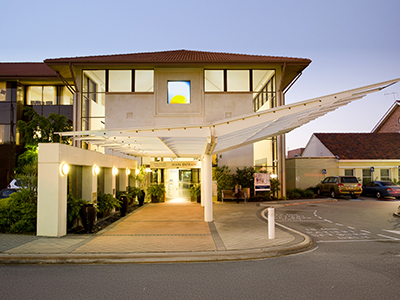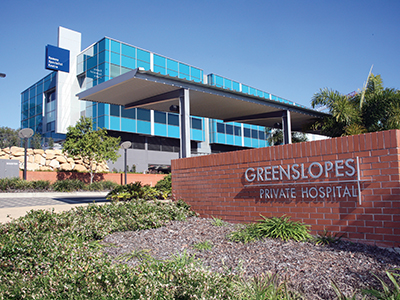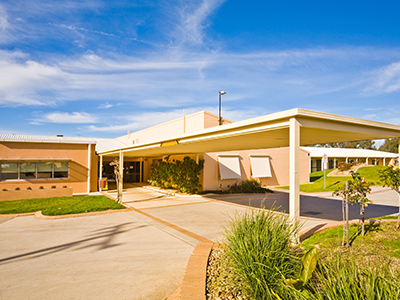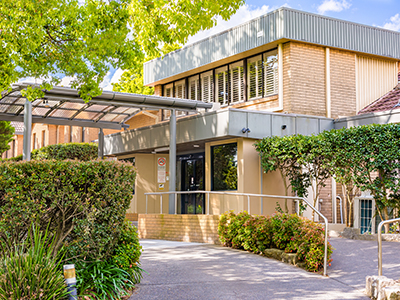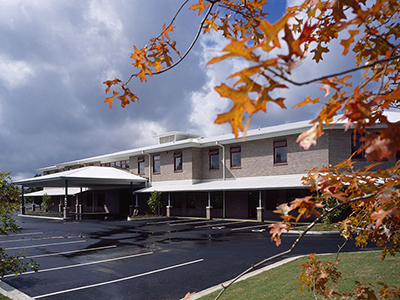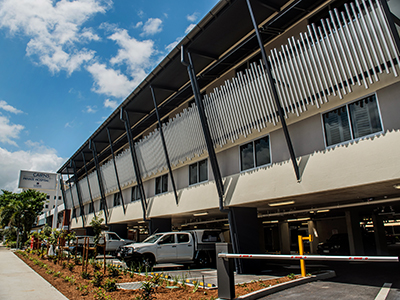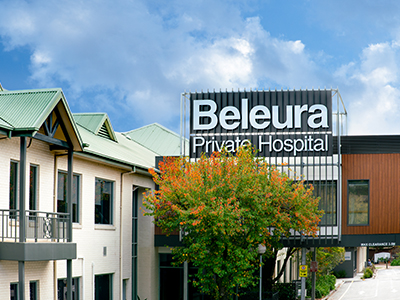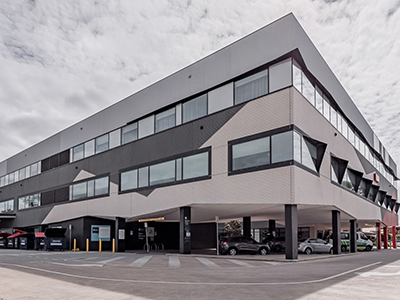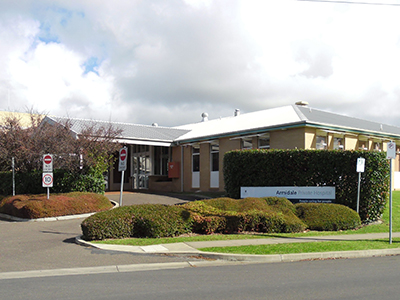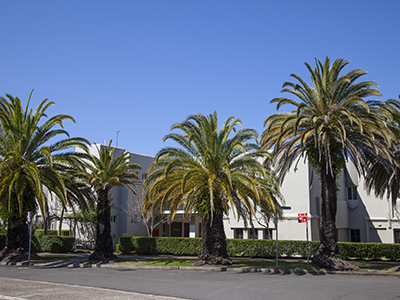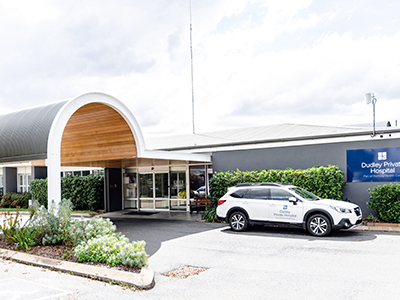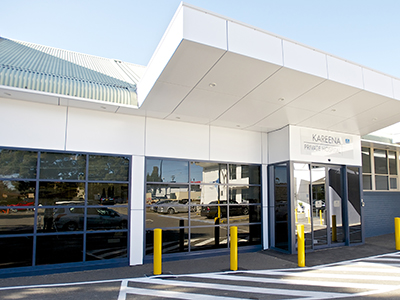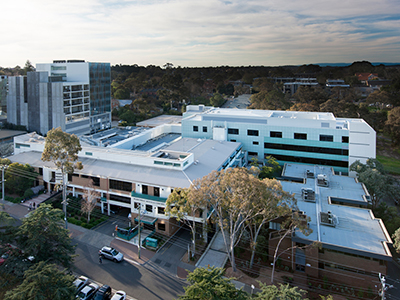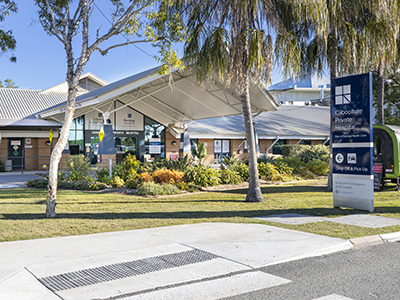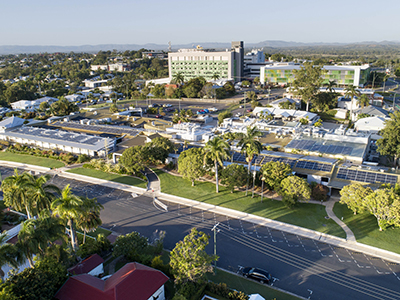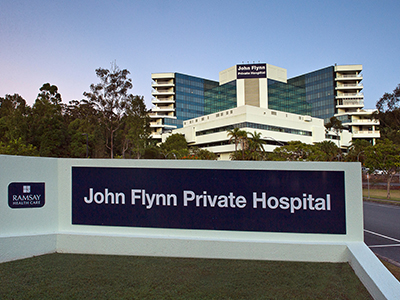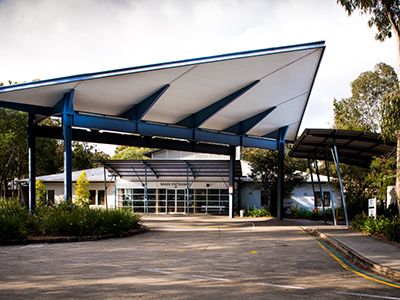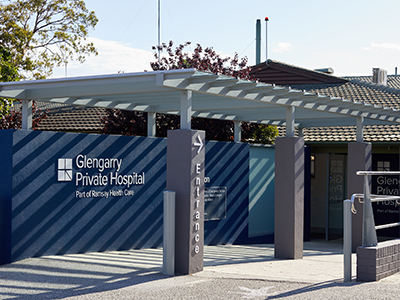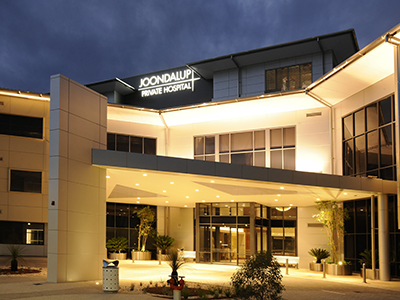Knee
What causes knee pain?
Your knee joints are some of the hardest-working parts of your body. In fact, they are capable of supporting loads of two to five times your own body weight.
Given how much we rely on them, it's probably no surprise that knees are prone to injury and damage. Watch this video to learn about some of the most common knee conditions and treatments.
Conditions and services
Ramsay Health Care hospitals offer orthopaedic treatment and support for a range of knee conditions. Here is a general guide to some of the most common. Click on the plus sign (+) on the right-hand side of any heading to read more.
ACL reconstruction
The anterior cruciate ligament (or ACL) is vital for providing stability to the knee, especially when we move quickly or make pivoting or twisting movements. ACL injuries are quite common, especially in sports like football, soccer, basketball, gymnastics and snowboarding. Someone could also injure their ACL in a collision.
The ACL has very little ability to heal itself – so if it becomes damaged, it’s likely the knee will remain loose and weak until the injury is treated. If someone injures their ACL playing sport, it’s particularly important to treat it before they start playing again, as they will have a high risk of repeating the injury. Repeated ACL injuries can damage the surrounding cartilage and menisci, which can lead to further knee problems down the track.
ACL reconstruction is a common surgical treatment for ACL injuries. It involves taking a graft from another part of the body and then using it to replace the told, torn ACL. Physical rehabilitation is often recommended as part of the recovery plan.
Knee arthroscopy (keyhole surgery)
Arthroscopy is a common surgical procedure in which a joint is viewed using a small camera. It’s a type of keyhole surgery.
Knee arthroscopy is usually done via two tiny incisions near the knee. Often the surgeon will use one of these incisions for their camera and the other for their surgical instruments.
Many knee operations are commonly performed as arthroscopy procedures. Some examples include partial meniscectomies, meniscal repair, removal of loose bodies, ACL and PCL reconstructions, and articular cartilage surgeries.
Knee replacement
Knee replacements are often used to treat severe osteoarthritis. They are sometimes also used to treat inflammatory arthritis, avascular necrosis, and severe trauma (such as after a serious accident).
Replacement knees are usually made of metal, with a plastic liner to provide protection between the different parts of the joint. There are various methods for performing a knee replacement, some of which involve robotics and computer navigation, as well as traditional instruments. The best method for you will depend on your individual circumstances.
Meniscal tears
The meniscus is a C-shaped pad of cartilage in the knee that acts as a shock absorber. There are two menisci in each knee – one on the inside of the joint (called medial) and one on the outside (called lateral). The menisci are essential to knee health, as they allow the knees to carry weight, shield the joint surfaces from stress, and enable smooth movement.
When we move our knees, the menisci glide back and forth with the femur and tibia. During this movement, the edge of one of the menisci can get caught between the two bones and tear. This can leave a loose flap of cartilage, which can get caught in the joint and cause pain. If the flap is big enough, the joint can lock.
Repair options can include partial meniscectomy or full meniscal repair, both of which can be performed via arthroscopy (keyhole surgery).
Ramsay Newsroom
Stay up-to-date with hospital news, developments, research highlights and innovation.
